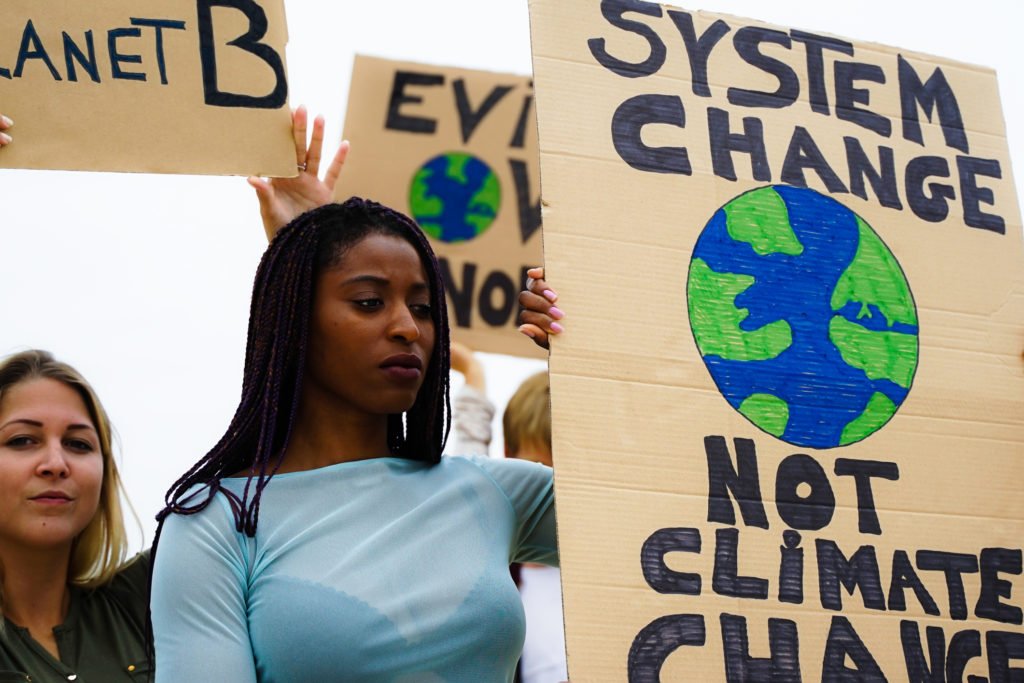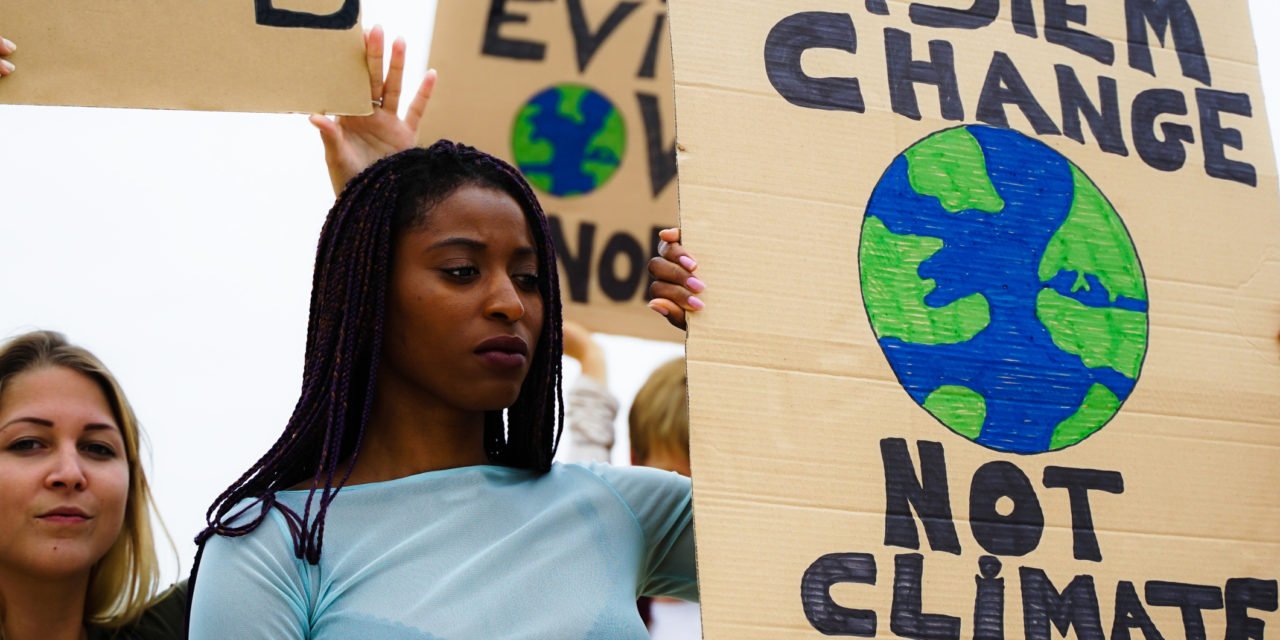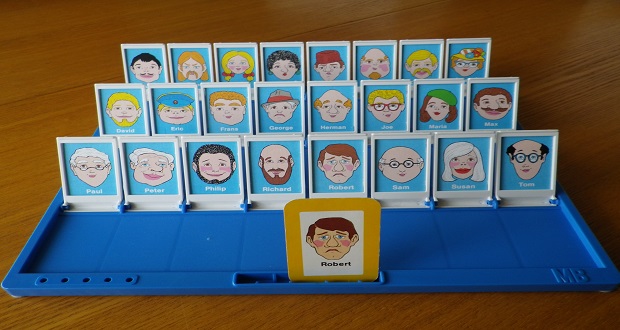
“When the last tree is cut, the last river poisoned, and the last fish dead, we will discover that we can’t eat money.” -Alanis Obomsawin
In our DEI Beyond the Boardroom series, we’ve explored a wide range of justice-centered ways for organizations to enact change in their communities by leveraging their power and resources. The movement and sociopolitical climate that we’re in necessitate that we move beyond rhetoric and into tangible action that moves swiftly towards justice for subordinated and marginalized peoples. It is tempting, then, to stop at those actions that outwardly signal virtuousness and that play well in the anti-racist zeitgeist of summer 2020, which is still reverberating months later, or in the more immediate arena of a tumultuous presidential transition. This is a multi-front war, though, and while it has receded into the background recently, environmental justice — a broad umbrella covering issues such as climate change, corporate waste, water cleanliness, oil drilling and urban green spaces — is a critical component in ensuring equity and justice long-term
To put a finer point on it: environmental justice is racial justice.
Environmental justice IS racial justice. Share on XThere’s a business case to be made for centering environmental justice, but there’s a far more important moral imperative at play: to grow new trees instead of cutting the last one down; to clean the poison from the rivers so that fish can swim in them once again.
There’s a business case to be made for centering environmental justice, but there’s a far more important moral imperative at play: to grow new trees instead of cutting the last one down; to clean the poison from the rivers so that… Share on XUnderstanding that the specific actions an organization takes to fight for environmental justice will, and should, vary greatly depending on size, location, community, infrastructure and values. Here we will lay out a general framework for developing a coherent, robust environmental justice plan.
- Engage with the community. No matter where you’re located, your organization is a part of a community — potentially many. Be a good neighbor and engage with the community. Create a meaningful, authentic and sustained dialogue with civic leaders, local organizations, community members and advocates. Use this as a chance to listen not just explain. A wide range of actions may pop up, from something as simple as renovating an underfunded green space to the complexity of lobbying against building a pipeline through a community. There’s no better way to find out where you can have the greatest immediate impact on a community than by asking the community.
- Develop internal policies and procedures. After engaging the community and discerning their collective needs and desires, codify an action plan. Establish organization-wide policies and expectations around environmental justice that are aligned with the community’s needs — create roles or committees for accountability; institute environmental justice trainings for employees; perhaps give every employee one day off every month for community service. This will look different for all organizations, but the key is to ensure action and accountability.
- Partner with the community. Go back to the organizations, the civic leaders, the activists, the community members. Get everyone’s input- not just those in power. Actively seek out opportunities to (safely) participate in local volunteer events, or to organize them; support organizations with human power, not just money (but yes, with money too).
- Use your voice for advocacy. It’s entirely possible, if not likely, that environmental justice in your community will require more intervention than you’re able to directly provide — say in building a robust rail transit system, or curbing illegal dumping. In those cases, speak up. Leverage your financial and human resources, as well as your position as a community leader, to advocate for and advance policies at the local, state or national level that directly contribute to developing healthy, sustainable communities.
- Center diversity, equity and justice. This is simple, but crucial: just as in all matters, diverse perspectives will generate innovative ideas about and approaches to environmental justice.
As we know, though, racism is systemic. It’s not just one system — not just education or policing or corporate America or our health system — it’s how all of these systems, and more, interact to actively oppress Black and Indigenous people and people of color. Environmental racism has a long, complicated history, and its effects today are profound. The prospects of fighting climate change and achieving environmental justice can sound daunting, but taking a community-centered approach will not only expedite the process, but also create sustainable changes that are driven by community input, not just leadership goals.
Racism is systemic. It’s not just one system—not just education or policing or corporate America or our health system—it’s how all of these systems, and more, interact to actively oppress Black and Indigenous people and people of… Share on X


















